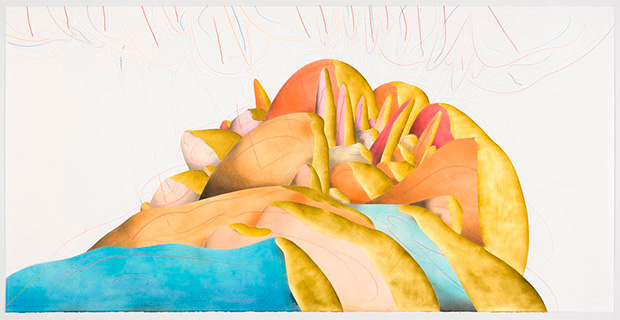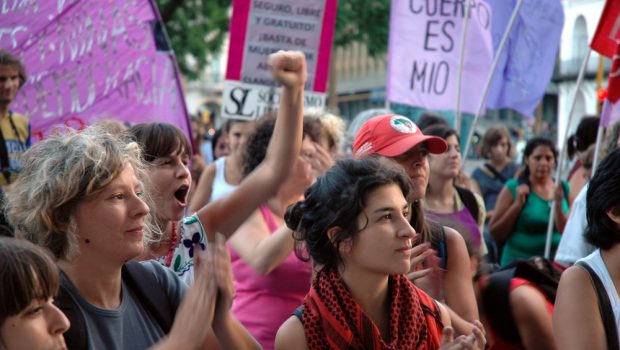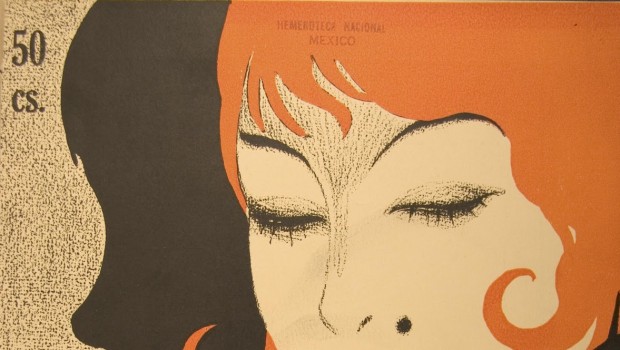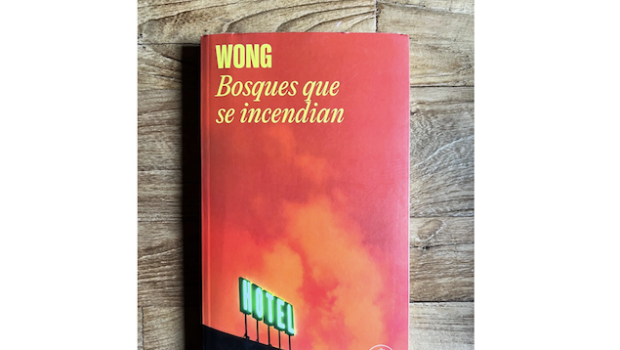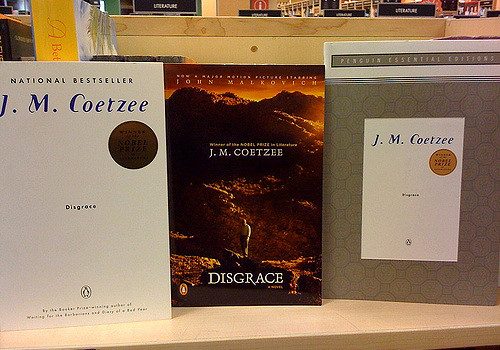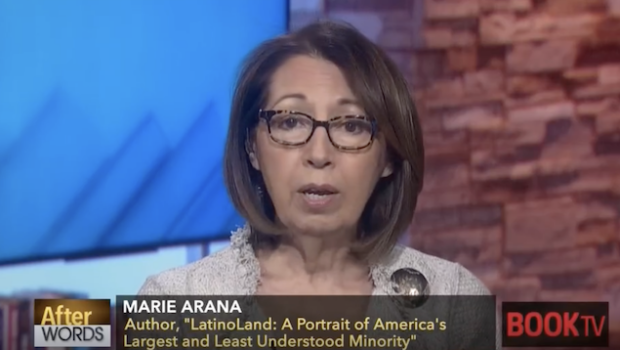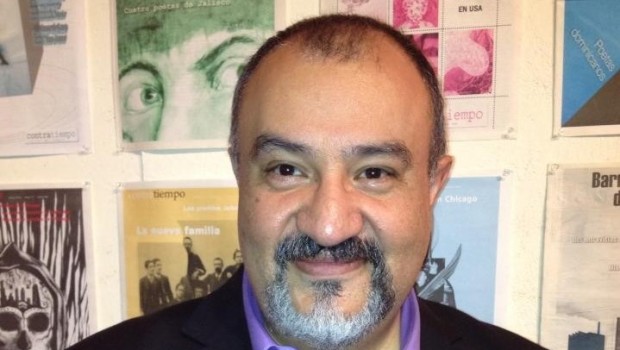JORINDE VOIGT: INSIDE INSIGHT
Fernando Castro R
Shadows and dyads (sic), Jorinde Voigt’s April exhibit at Sicardi Ayers Bacino Gallery features several important works by the Berlin-based artist. On first impression an educated viewer of Voigt’s current works may find some affinity to Matisse’s colorful cutouts or O’Keeffe’s landscapes. But fairly soon the viewer would run out of comparisons because Voigt quickly imposes her own vision of art. Although Voigt’s procedures are gestural and performative, her thought processes are conceptual in unexpected ways. To be reminded, in conceptual art the main point may not be what appears to be.
Voigt is not a stranger to Houston. In 2019 she was invited by the Menil Drawing Institute to execute an on-site mural and to give a talk with Edouard Kopp about her work that the reader may find in Youtube. For her current exhibit, Voigt has gifted us with Phoenix (Texas) a mural whose hues and forms differ substantially from the one at the Menil five years ago. It is helpful to understand the many myths about the phoenix in order to decipher the possible meanings of the mural; Voigt’s allusion to the phoenix is closer to the Chinese version, although the predominant purple hue is what the original Greek etymology of phoenix refers to. A description of the process of the production of this mural also provides a tool to its interpretation. Voigt began by noticing the colors of some wild flowers growing in Houston at this time of the year: bluebonnets, Indian paintbrushes, and blanket flowers: blue, orange, red, pink, yellow, and green. Then came the visually intense process of matching paint of those very hues to use in her mural design. Hence, the colors in the mural are not alien to the local environment. The design itself is both gestural and calculated, as she herself describes it: the act of painting is a performance of her body that unpacks different aspects of her life as a kind of dance that both forges and follows the forms and rhythms of her work as if it were a musical score. Indeed, at her Menil talk she voiced the idea that her body is always in contact and in context with her work.
Both Vertical, the 2019 mural at the Menil’s Drawing Institute, and Phoenix (Texas) (2024) will be eventually erased from their material support. Their fate is one of the philosophical points that Voigt addresses in her poetics —a finitude akin to that of humans. Hence, the intentional impermanence of these works is existentially significant. It is even more telling for Phoenix (Texas) because the constant in the myths to which its name alludes is one of disappearance and rebirth.
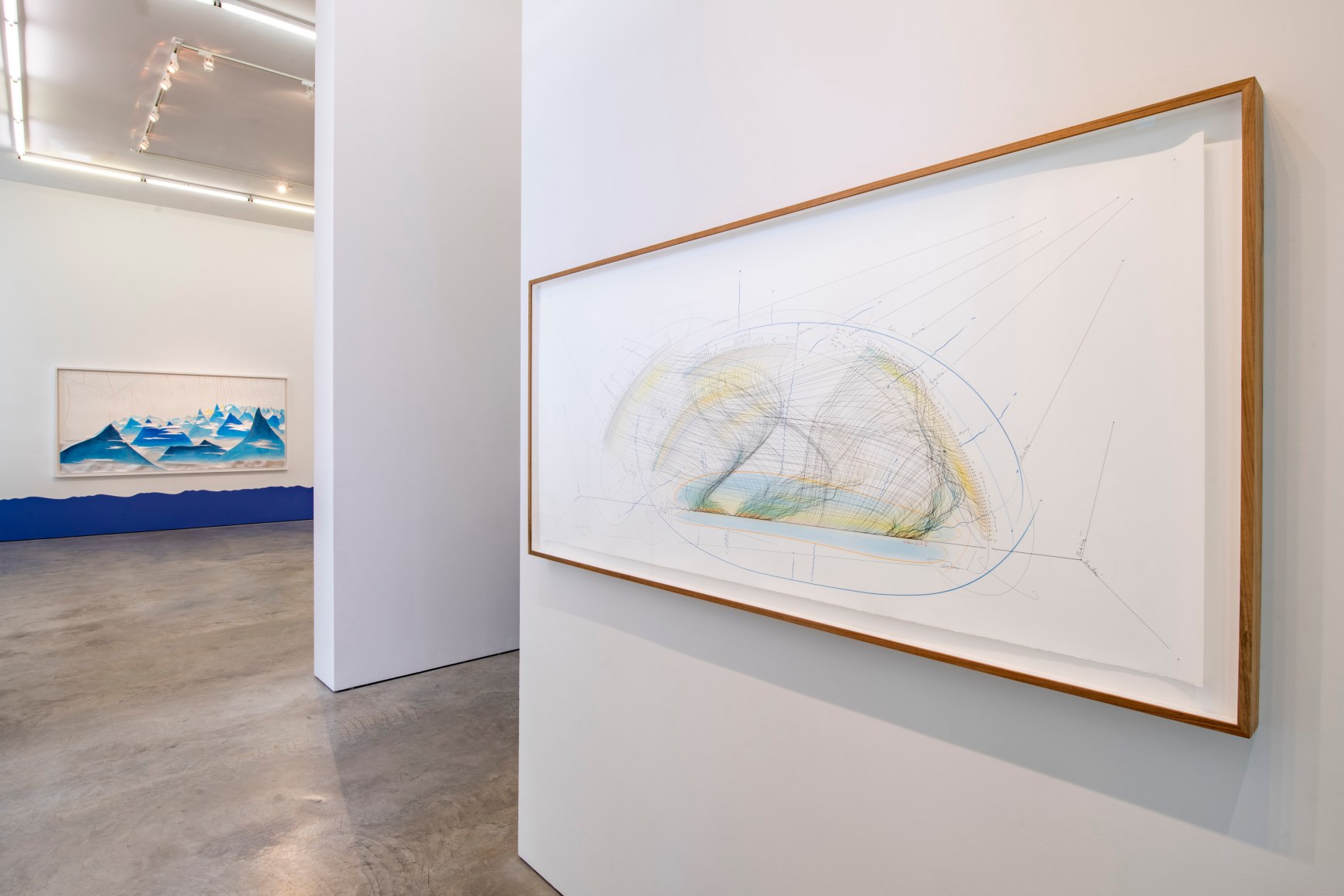
Jorinde Voigt: Shadows & Dyads at Sicardi | Ayers | Bacino, 2024. Photo by Anthony Rathbun.
In Voigt’s art-historical arsenal there are not only artistic tropes like Twombly’s chalk drawings and Hokusai’s Phoenix, but also scientific ones like diagrams and graphs, musical scores and mathematical models that she puts to different uses. Some works like Hills that seem clearly denotative are really the rhythmic gestures of her body guided by emotions, thoughts, and feelings. Indeed, she compared the red lines in 42 Hills 2017 to Lucio Fontana’s assertive slashes in his famed cut canvases; and some more subtle gentler drawings inside the work, she associates to a “re-grouping” or “reflection” of thoughts and ideas about events. By the way, Voigt too uses the blade as a drawing tool, not to slash through the support but to peel and cover through layers.
Voigt’s use of gold leaf in her paintings is unlike Sherrie Levine’s use of gold-plated bronze for her 1991 Fountain (After Marcel Duchamp). Rather, she uses it for the characteristics of the material itself: its opaqueness (in effectively covering what is under it), and its changing appearance as we perceive it from different angles. Beyond its physical and perceptual traits, the artist and viewer can unpack a host of other connections to the precious metal: the life-giving sun, the symbol of wealth. According to Voigt herself, in the mural Phoenix (Texas), the wavy design done in gold-leaf stands for “folded time.” The meaning of the phrase is somewhat cryptic, but it certainly defies the idea of linear time.
Dyads are gold-plated steel sculptures whose basic structure is two perpendicularly intersecting planes, each of which Voigt designed with the same gestural curves that she employs in many of her two-dimensional works. Voigt’s Dyads have two unique peculiarities: that they possess multiple bases, and most importantly, that if seen from a particular angle, the two planes can be seen as two lines perpendicular to one another: the axis mundi and the horizon. Both concepts have been metaphors in the history of religion and of philosophy. The former as a connection between the earthly and the heavenly; the latter as the sum total of ideas that define a Weltanschauung at a particular time in history.
As far as I can see, her Dyads and her delicate brass hanging pieces, Contemplations, are the only works in the exhibit capable of casting shadows. The latter are Fibonacci constructions whose measurements follow the formula [F(n) = F(n-1) + F(n-2)]. They are shaped like two square pyramids that share the base and whose apexes point in opposite directions. It is worth remembering that the alluded Leonardo of Pisa (Fibonacci), author of Liber Abaci (book of calculations), is the Italian mathematician who popularized Arabic numbers —without which the Western world would likely not have developed science nor advanced mathematics.
It is nothing less than surprising that an artist so intent in giving form to such a variety of mental states (ideas, feelings, emotions, etc.) would create such a mathematical filigree. It almost makes us want to start all over looking to find the golden ratio in her works. Is that what the gold-leaf is all about? Is that what the numbers in her Ludwig von Beethoven Opus 126 #4 seek to establish, a mathematical progression camouflaged as bagatelles?
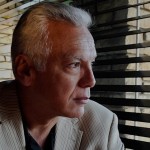 Fernando Castro es artista, crítico y curador. Estudió filosofía en la Universidad de Rice con una beca Fulbright. Es miembro de la comisión técnica del FotoFest y del consejo consultivo del Center for Photography de Houston. Editor y colaborador de las revistas Aperture Magazine, Art-Nexus, Literal Magaziney Spot.
Fernando Castro es artista, crítico y curador. Estudió filosofía en la Universidad de Rice con una beca Fulbright. Es miembro de la comisión técnica del FotoFest y del consejo consultivo del Center for Photography de Houston. Editor y colaborador de las revistas Aperture Magazine, Art-Nexus, Literal Magaziney Spot.
©Literal Publishing. Queda prohibida la reproducción total o parcial de esta publicación. Toda forma de utilización no autorizada será perseguida con lo establecido en la ley federal del derecho de autor.
Las opiniones expresadas por nuestros colaboradores y columnistas son responsabilidad de sus autores y no reflejan necesariamente los puntos de vista de esta revista ni de sus editores, aunque sí refrendamos y respaldamos su derecho a expresarlas en toda su pluralidad. / Our contributors and columnists are solely responsible for the opinions expressed here, which do not necessarily reflect the point of view of this magazine or its editors. However, we do reaffirm and support their right to voice said opinions with full plurality.
Posted: April 25, 2024 at 9:54 pm


